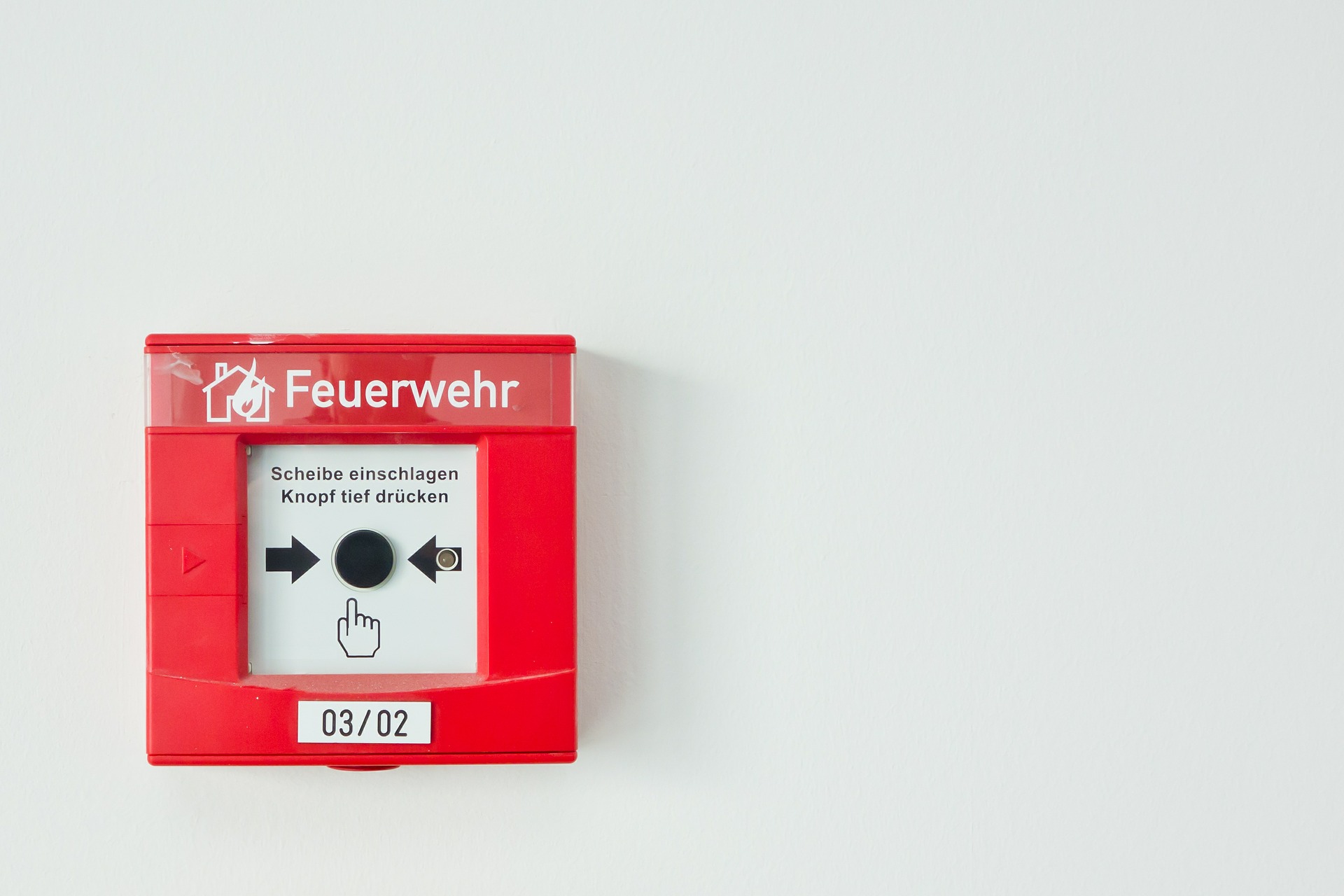Finance is considered the backbone of any business and rightly so. It can cater to working capital requirements, purchasing fixed assets, and even for sourcing of equipment/machinery. Sometimes, a business may face a capital shortage and this could require the owners to look at alternative sources of funds, especially when his personal funds have been exhausted.
Availing the right amount of business loan can be very crucial for any business. Every business has different financial requirements but the amount of loan granted by lending institutions could depend on many factors. To ensure that the lender provides the loan amount required by the business, a business owner needs to consider the below-mentioned factors and ensure to work towards them for a positive outcome.
- Credit Rating Business Owners / Promoters
Credit rating is a reflection of the creditworthiness of a borrower, especially when it comes to a business owner. Credit ratings are calculated by credit rating agencies such as CIBIL™ and ICRA. It reflects the debtor’s ability to repay the loan amount based on personal credit history. This helps lenders in evaluating the chances of loan default.
CIBIL™ score is proof of evidence of creditworthiness of an individual borrower depending upon personal credit history, the track record of loan repayments, credit card payments, EMI clearance, etc.
Credit rating is a very crucial factor and is directly correlated to the amount of loan that is granted to the business. The creditworthiness of the business and the business owners/promoters is one of the most important factors considered by lenders before loan disbursal.
*Quick Tip: If you aren’t sure of the credit rating of your business, you can check your business health quickly via CreditMantri. Just provide a few key details about your business and get your latest business credit health report.
- Cash Flow Status
Banks always perform due diligence around the financial health of the business before granting any form of a loan. This helps in determining the chances of recovery or loan default. This, in turn, depends on the cash flow statements of the business. Every business that applies for a loan, has to provide detailed usage of the loan amount and how it plans to generate the required income to repay the loan.
- Type of Business
Businesses can be classified as per their nature such as cyclical, defensive, growth companies, etc. It can also be classified as per the stage of maturity of the business. Defensive companies are mostly immune to economic fluctuations and their performance is unrelated to external conditions. For example, health care, household items, personal care product manufacturing companies, etc are usually defensive as their business is non-cyclical. Cyclical companies are highly influenced by the ups and downs of the economy and their performance is in tandem with the economic cycle. For example, a car manufacturing company can be called a cyclical company since car purchases experience an upswing when the economy is on a rise. Growth companies are mostly newer businesses that grow quickly in the initial phases because of a new idea. Such businesses mature and stabilize over time.
The amount of loan and the credit options available depend on the type of business being funded and the stage of development it is in. The business’s expansion plans combined with the expected economic conditions can play a vital role in the loan opportunities available to the business.
- Collateral
Offering collateral is the simplest way to source a loan as it turns into a secured loan. The collateral can be in the form of a personal guarantee by the company promoters or the sole proprietor. Banks find it easier to provide secured loans since these have collateral attached, resulting in lesser chances of loan default.
Collaterals are most commonly seen as real property, business inventory, cash savings or deposits, vehicles and equipment.
- Financial Performance and Standing
Lenders normally evaluate the financial health and performance of a small business based on its profit and loss account/income statement, balance sheet, and cash flow statements.
These financial documents help lending institutions to assess the financial performance and potential of a small business by calculating important financial ratios like debt-to-equity, liquidity and operating margin. Read about the Financial statement template
- Personal Guarantees
Many lenders ask the borrower to provide guarantors in case the business is owned by several partners or the ownership is distributed. In such cases, borrowers have to submit personal financial statements of all the stakeholders in a standardized form as required by the lender. The lender then reviews the financial statements of individual owners to make sure that they remain associated with the small business till the entire loan has been repaid.
- Insurance Information
Apart from reviewing the personal guarantee provided by owners, lenders also check if the co-owners or key founders have life insurance policies for themselves. The life insurance policies act as an assurance that the small business does not get liquidated in case of an untimely death of a co-owner. The lender can also ask the borrowers to set aside the compensation received from the insurance company for loan repayment.
- Age of The Business
Many lenders may consider the period for which the business has been operational before granting a loan facility. Most lenders prefer offering credit to small businesses which have been operational for a certain number of years, depending on their policy.
Conclusion
A lending institution will carefully analyse all of the above-mentioned factors before granting a loan to the business. Hence, every entrepreneur or business owner must ensure to work towards these factors and complete paperwork to easily get the desired loan amount sanctioned from the bank.







